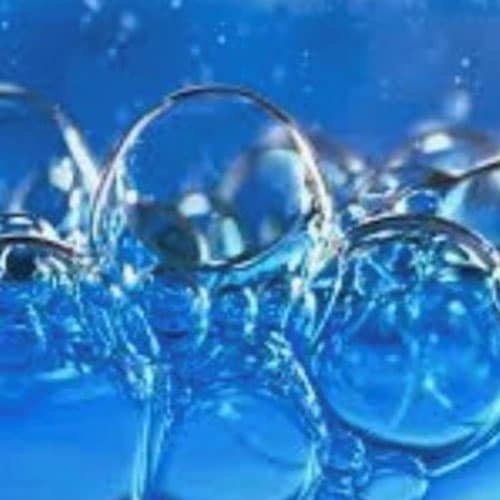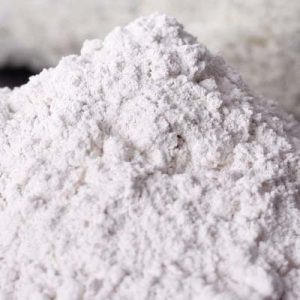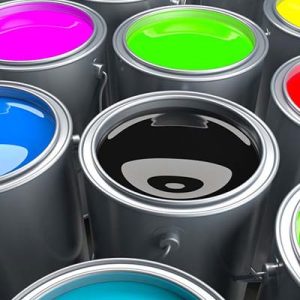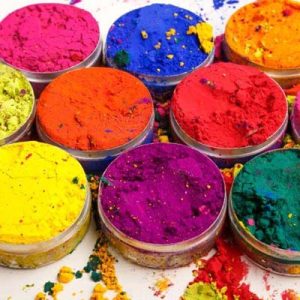Description
Surfactants, or surface-active agents, are substances added to paint formulations to modify the properties of the liquid and enhance the stability, wetting, and dispersibility of pigments and other components. They play a crucial role in improving the application and performance characteristics of paints. Here are common types of surfactants used in paint formulations:
- Anionic Surfactants:
- Charge: Negative (-)
- Functions:
- Wetting agents: Improve the spreading of the paint over the substrate.
- Dispersing agents: Enhance the dispersion of pigments and particles in the paint.
- Examples:
- Sodium dodecyl sulfate (SDS)
- Alkyl benzene sulfonates
- Cationic Surfactants:
- Charge: Positive (+)
- Functions:
- Emulsifying agents: Stabilize emulsions in water-based paints.
- Antistatic agents: Reduce static electricity on the painted surface.
- Examples:
- Cetyltrimethylammonium bromide (CTAB)
- Stearalkonium chloride
- Non-Ionic Surfactants:
- No Net Charge
- Functions:
- Wetting agents: Improve spreading and reduce surface tension.
- Emulsifying agents: Help stabilize emulsions in water-based paints.
- Examples:
- Ethoxylated alcohols (e.g., nonylphenol ethoxylates)
- Polyethylene glycol (PEG)
- Amphoteric Surfactants:
- Charge: Can be both positive or negative depending on pH
- Functions:
- Wetting agents: Effective across a wide pH range.
- Emulsifying agents: Stable in both acidic and alkaline conditions.
- Examples:
- Cocamidopropyl betaine
- Amphosol CA
Functions of Surfactants in Paints:
- Wetting Agents:
- Improve the wetting of the substrate, ensuring uniform adhesion and coverage.
- Enhance the spreading of the paint.
- Dispersing Agents:
- Aid in the dispersion of pigments and particles, preventing settling.
- Maintain stability and uniformity of color.
- Emulsifying Agents:
- Stabilize emulsions in water-based paints, preventing phase separation.
- Facilitate the incorporation of hydrophobic components.
- Foaming Agents or Defoamers:
- Control foaming during paint manufacturing.
- Maintain the stability of the paint during storage and application.
- Antistatic Agents:
- Reduce the buildup of static electricity on painted surfaces.
- Prevent dust and dirt accumulation.
- pH Stabilizers:
- Help maintain the pH stability of the paint.
- Ensure compatibility with other components.
Considerations for Surfactant Selection:
- Compatibility: Ensure compatibility with other components in the paint formulation.
- Performance: Consider the specific functions required, such as wetting, dispersing, or emulsifying.
- pH Range: Choose surfactants suitable for the pH range of the paint system.
- Environmental Impact: Consider the environmental and regulatory aspects, including biodegradability and eco-friendly options.
Surfactants are carefully selected and formulated to meet the specific needs of the paint, and their use contributes to the overall stability, performance, and application properties of the final product.















Reviews
There are no reviews yet.